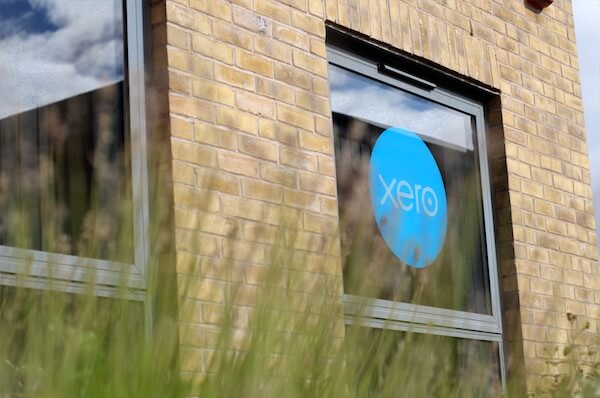
From the content of this blog and the main site it’s fairly obvious that we are a big fan of Xero. They have a great product that has changed the way we work with clients, now having the ability to share and view data in real time, something that was difficult to achieve in the past.
Along with their product, Xero also have a great community site where users can write about their issues and Xero advisors such as ourselves can offer solutions.
With any off the shelf accounting and bookkeeping package there is always going to be issues and problems that crop up from time to time as all businesses are different. Most business transactions are the same but every now and again something crops up a little out of the ordinary and it’s then up to advisors including the excellent Xero support staff, together with other users to offer solutions or work arounds.
In other blog posts, we have covered some basic Xero tips and tricks such as the fast login method, here are 4 more advanced tips that will help most Xero users from time to time.

Contra customer and supplier invoices
A common occurrence in business is where you both buy and sell to the same person or business. Say for example you have raised a customer invoice for £1000 and have a purchase invoice from the same business for £600. Ordinarily rather than receiving the full balance and paying the supplier you would perform what is known as a contra. The customer would just pay you the difference of £400. There are two ways to handle this in Xero as follows:
Assuming you use the bank feeds function in Xero you would locate the receipt for £400 and then click find and match, select the invoice for £1000 and then click the split link that appears between the reference and total on the invoice line. Match the £400 against the invoice leaving the £600 outstanding. You would then create a contra account in your chart of accounts making sure you select ‘enable payments from this account’. From the customer and supplier invoice you can then mark them as paid via this account (rather than the bank account) to clear the outstanding invoices. The contra account will balance to nil.
There is however a much simpler solution. Whilst on the find and match screen there is a a tick box on the right hand side to ‘Show Received Items’. If you select this you can then match both the sales invoice and outstanding invoice to the amount received and reconcile the transaction.
Change the invoice fields that appear on an invoice
Xero is great if you have a product or service based business but what if you have a rental property business for example. The default invoice includes fields for quantity, description, unit price, item. None of these fields would really apply and whilst you could leave them as they are, there is a solution.
From the ‘general settings’ page click on ‘invoice settings’ and then click on ‘new branding theme’. The instructions on how to edit and customise the template can be found here: http://help.xero.com/#Settings_InvoiceSettings$Brand. You can edit the template and remove the fields that do not apply.
If you have trouble with creating a custom invoice then get in touch. We offer a Xero custom invoice service and can tailor your Xero invoice to meet your needs and requirements.
Reconciling multiple bank lines in one go
If you are the type of business that pays or receives the same transactions over and over again you can set up bank rules to save the time entering the same details on the bank reconciliation screen over and over again. This is great for the majority of businesses especially where regular monthly transactions occur as it can be a real time saver. But what if you have tens or hundreds of transactions that all need to go to the same place in your accounting records?
The solution is the cash coding tab on the bank reconciliation screen. You will need the right user role permissions to see this tab and I would advise with extreme caution before using this tool as it can be very powerful but also can cause real issues if not used correctly.
If you are sure the transactions are being coded to the correct place you can save yourself a lot of time by using the cash coding feature on Xero. More information on using the tool can be found here:
http://help.xero.com/Help/Settings_UsersRoles.htm#BK_Bank
http://help.xero.com/Help/BankAccounts_Details_BankRules.htm#BK_RecCashCode
Part payment of invoices
The bank feed and reconciliation screen is great at auto matching invoices to payments and receipts where the amounts are the same but what is invoices are part paid. Well there are two solutions as follows:
- From the sales invoice/purchase invoice screen, select the invoice that has been part paid and fill the part payment details in on the bottom of the screen where it says ‘make a payment’ and process to the appropriate bank account.
Or
- From the bank reconciliation screen click the find and match tab and select the invoice which is being part paid. In between the Ref and Received columns for the selected line the word split will appear, click this and enter the part payment amount. This will green the transaction and allow it to be reconciled.
More information can be found on the above suggestions here: https://help.xero.com/uk/#Q_RecPartPayments
The second solution is the same for applying contra’s as detailed in the first tip.
If you have any tips that you would like to share then please let us know below.
